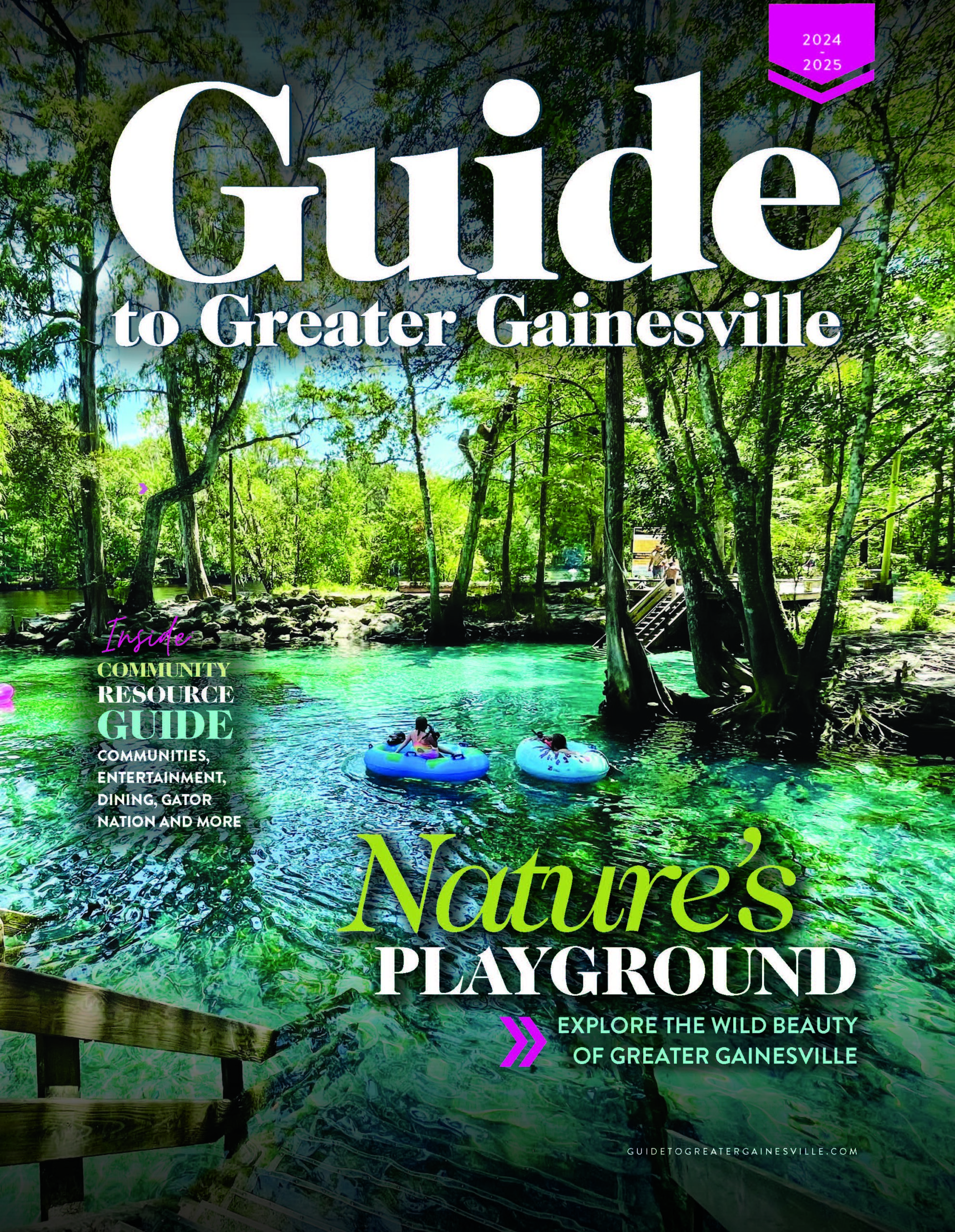Hearken back to the “good ole days.” Way, way, way back…remember party games? Remember the one when “you” had the option of either answering a sensitive question truthfully or being subjected to a consequence that was (hopefully) only playfully unsettling?
Now, roll forward several decades to when you have a job. You are presented with communications situations where you have the option of either answering a sensitive question truthfully or being subjected to a result that can be unsettling at best. Again, you always have the option of walking away and not participating, although that choice can have its own consequences. Or — even further — that choice could result in depositions, court time or, at the extreme, “hard time.” This is a big leap from the games of youth, but the underlying principle remains the same: Be truthful or be prepared for undesirable consequences.
Those are the polar ends of the business communications continuum, whether in marketing, branding, closing deals or in general. And, these concerns are substantially elevated when attending to crisis-related communications such as an on-site incident (like an environmental emergency), a product recall, part of an investor or management “shake-up” or a regulatory or media investigation.
First, to the “positive” end of the continuum.
While engaging in commercial communications, it is essential from a legal and proactive risk management perspective to be truthful always.1 Do not cut corners. Do not play fast and loose. Do not obfuscate. (But, when needed, do seek legal and other relevant counsel if the communications can raise fact-based, professional or ethical challenges.)
Likewise, engaging in commercial communications properly is critical from a business perspective, because with an earned reputation for truthfulness comes the highly desirable outcomes of credibility, reliability and trustworthiness, all of which allow one to be the “go-to person” in the field. For more on that very topic, please revisit https://www.businessmagazinegainesville.com/someone-is-always-watching/.
And now, to the “negative” end of the same continuum. “Buckle up” because the following are not fun no matter the context of a communication, whether verbally or in writing, one-on-one, in limited groups, at a conference or to the general public. (And, there is more than just the following list.)
- Fraud arises from communications when one knowingly misrepresents an important fact with intent to deceive and that communication is justifiably relied upon by and causes injury to the recipient.
- Defamation occurs from the “publication” of false language that damages another person’s or business entity’s character, business, product or property title.
- The Public Disclosure of Private Facts involves communications that ordinary people (such as a jury) would find objectionable.
- False Light Publication maliciously attributes ideas that a person does not hold or actions that a person has not taken, and it does so in a highly offensive and damaging way.
- Appropriation entails the use of a person’s name, picture or likeness without that person’s permission to benefit the user and often for commercial purposes.
It is important to understand that there are many more subtle details, as well as factual and legal defenses, to each of these torts,2 but the abbreviated descriptions offer a sense of what can go very wrong with business communications.
Moving toward the desirable positive pole and avoiding the negative pole, of course, requires a dedicated and intentional investment of thoughtfulness, patience and even humility. Building a brand, successfully marketing a good or service and closing deals all require an established track record for truthfulness — not just for “truthiness” (with gratitude to “The Colbert Report” television show3 for that new vocabulary word), not for prevarication and never, ever for lying.
Truth? Or dare? Pay careful heed to what to what “you” say, write and publish. Because as we’ve said before, “Someone is always watching.”4
–––––––––––––––––––––––––––––––––––––––––
1. Some communications are required to be truthful, as in regulatory or judicial settings.
2. In essence, torts are wrongful acts or omissions that can be remedied with the application of damages and other private remedies — as opposed to criminal sanctions, although certain conduct can be both torts and crimes.
3. https://www.cc.com/shows/the-colbert-report
4. To help determine whether communications are actually effective, please see https://www.businessmagazinegainesville.com/listen-as-if-your-business-depends-on-it-because-it-does/.
NOTICE: The article above is not intended to serve as legal advice, and readers should not rely on it as such. It is offered only as general information. Readers should consult with an attorney regarding their legal matters, as every situation is unique.
For more information, call Philip N. Kabler, Esq. of the Gainesville, FL office of Bogin, Munns & Munns, P.A. at 352-332-7688, https://www.boginmunns.com/Office?Office=Gainesville, where he practices in the areas of business, real estate, banking and equine law.
###
Philip N. Kabler is an Incubator Resource for the Santa Fe College Center for Innovation and Economic Development (CIED), and has taught various courses at UF Levin College of Law and at the UF Warrington College of Business. H e is also a member of The Florida’s Bar’s Professional Ethics Committee, and the immediate past president of the North Florida Association of Real Estate Attorneys. He is currently a member of the Society for Human Resource Management.


